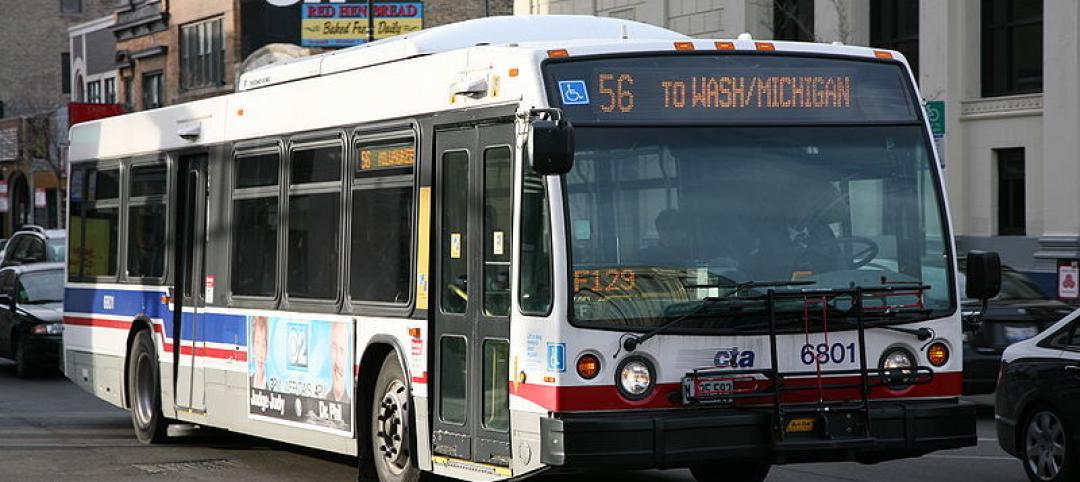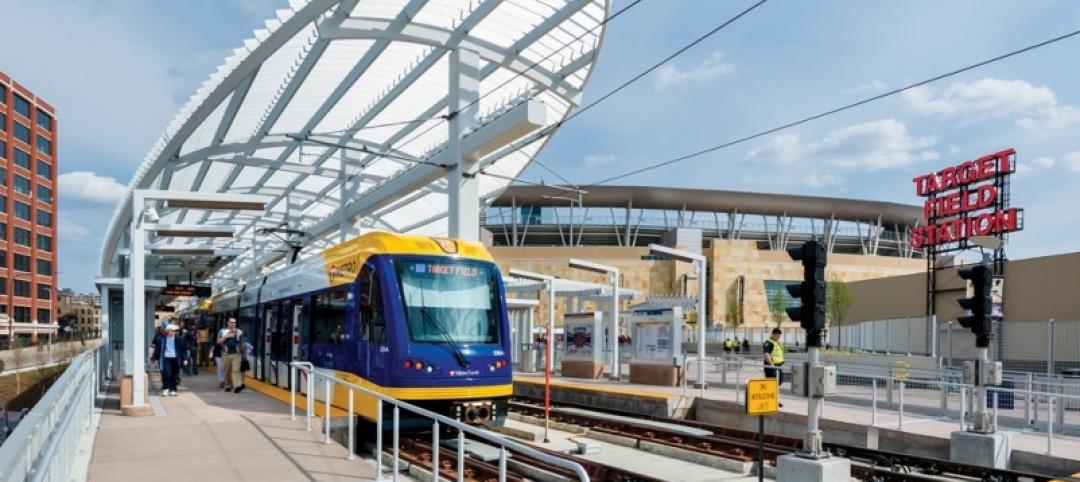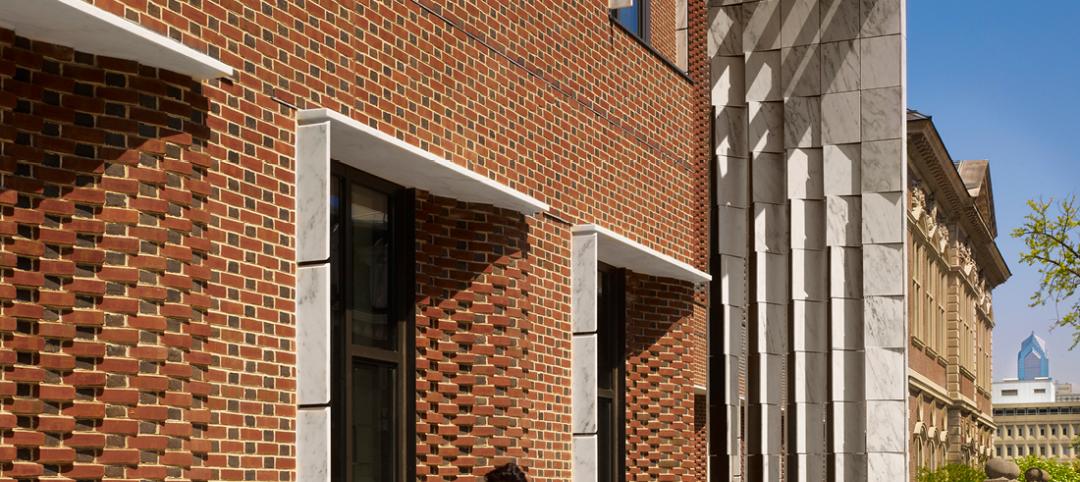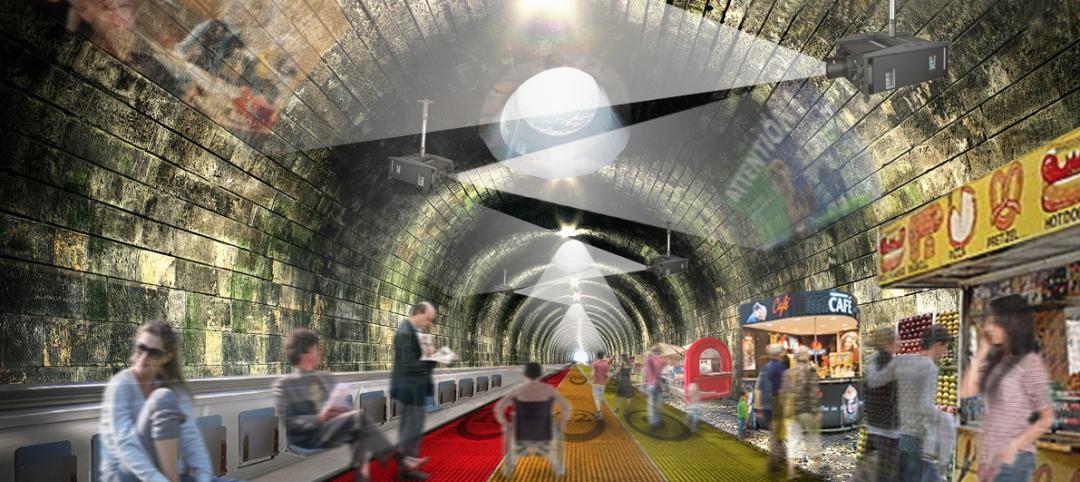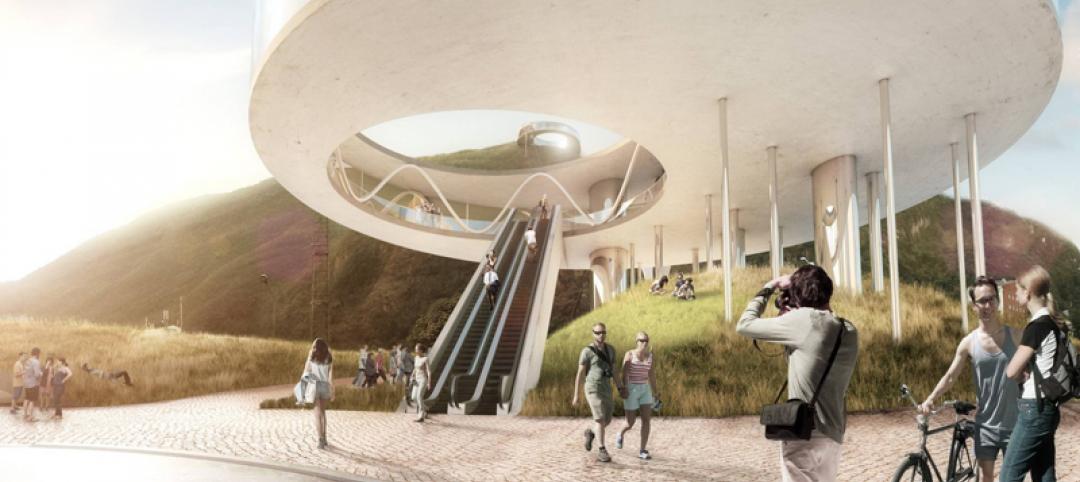For several American cities, the infrastructure for their public transit systems have been in place for more than a century. It’s almost like Chicago, New York City, and Boston laid down train tracks the day after they were founded.
Riyadh, the capital of Saudi Arabia and the home to 6 million people, is building its first light rail system from scratch.
Tech Insider reports that the city is building six metro lines that connect 85 stations over nearly 110 miles of track. Also, a new bus system will be implemented.
For $10 billion, the Saudi government hired the U.S. construction and civil engineering firm Bechtel to lead the project. Bechtel assembled a group of contractor firms, and they are using 1,000-ton boring machines to hollow out train tunnels underneath the city for nearly 40 miles of track for 39 stations.
A few major architects have even designed train stations. Zaha Hadid Architects, for instance, designed the King Abdullah Financial District Metro Station, which will connect Lines 1, 4, and 6. The building will have a wavy lattice exterior and will contain four public levels and two underground levels of parking.
The trains themselves will be nicer than any American rapid transit vehicle. The trains will be automatic, driverless, fully air conditioned, and Wi-Fi accessible. They can run up to 90 mph. Around 20% of the system’s power will come from solar energy.
The new transit system is expected to be ready by the end of 2018. Public transit will come just in time for the growing city, as estimates say that Riyadh’s population could reach 9 million by 2035.
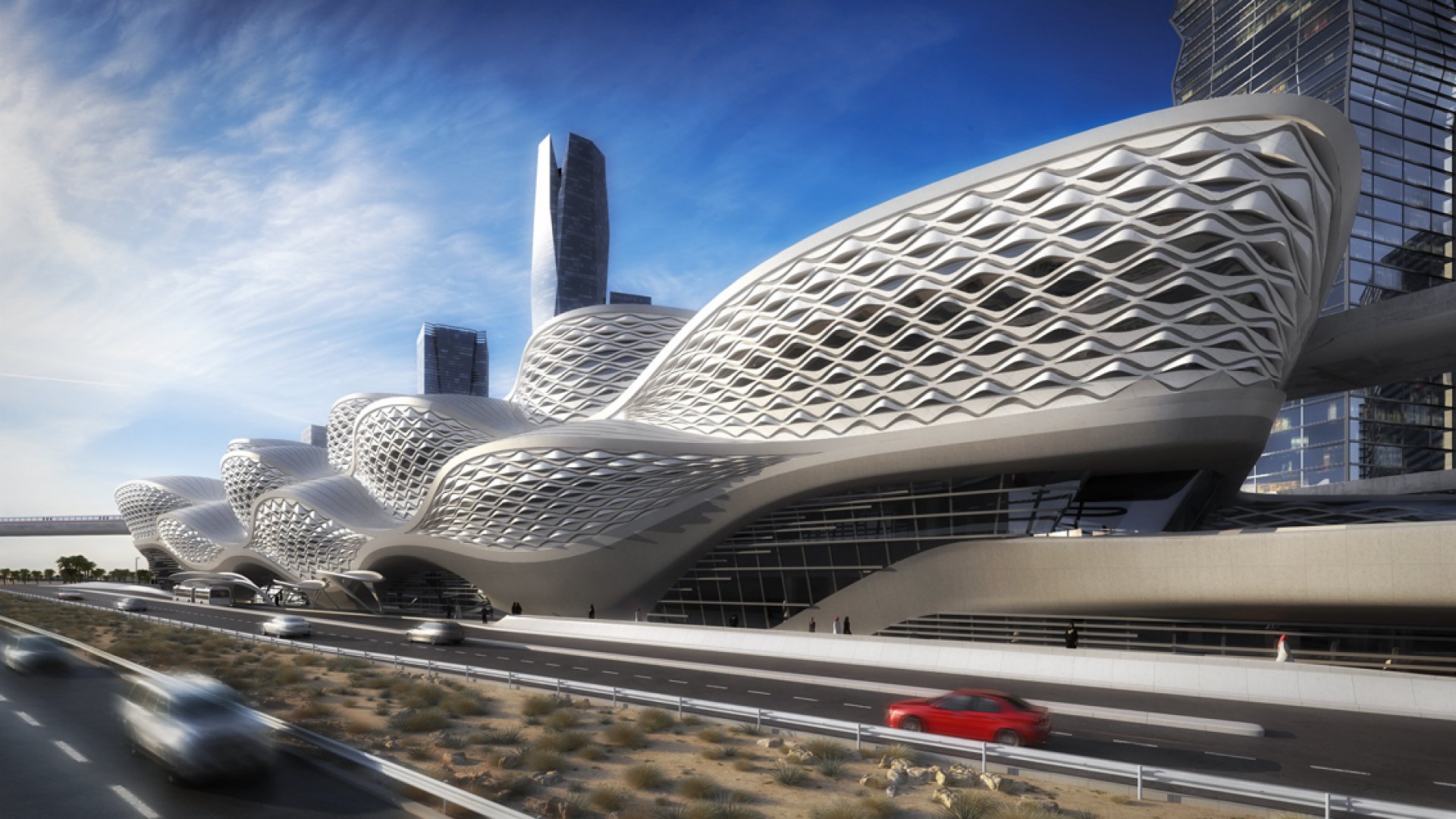 Exterior of the King Abdullah Financial District Metro Station. Rendering courtesy Zaha Hadid Architects. Click to enlarge.
Exterior of the King Abdullah Financial District Metro Station. Rendering courtesy Zaha Hadid Architects. Click to enlarge.
Related Stories
High-rise Construction | May 17, 2016
Foster + Partners-designed towers approved as part of massive neighborhood redevelopment in San Francisco
One of Oceanwide Center’s buildings will be the city’s second tallest.
Big Data | May 5, 2016
The Center for Neighborhood Technology has launched the largest source of transit data in the country
AllTransit analyzes the social benefits of good transit service by analyzing data related to health, equity, and economic development.
Giants 400 | Jan 29, 2016
TRANSIT SECTOR GIANTS: Perkins+Will, Skanska among top transit/TOD facility AEC firms
BD+C's rankings of the nation's largest transit/TOD sector design and construction firms, as reported in the 2015 Giants 300 Report
Transit Facilities | Jan 18, 2016
Pennsylvania Station set to transform into a world-class transportation hub
Governor Andrew Cuomo presented plans to turn Pennsylvania Station and the neighboring James A. Farley Post Office into a free flowing 21st century work of art.
| Jan 14, 2016
How to succeed with EIFS: exterior insulation and finish systems
This AIA CES Discovery course discusses the six elements of an EIFS wall assembly; common EIFS failures and how to prevent them; and EIFS and sustainability.
Transit Facilities | Sep 15, 2015
Grimshaw and Arup unveil proposal for London high-speed train station
Renderings that have been released show a glazed façade and a new entrance that will create a “light and airy destination with shops, restaurants, and cafes.”
Transit Facilities | Sep 10, 2015
New London Underground plan from NBBJ consists of moving walkway
For once, walking can be faster than taking a train.
Transit Facilities | Jul 30, 2015
Snøhetta designs ring-shaped cable car station in Italian Alps
In Snøhetta’s design, two cylindrical rings embedded into the existing topography, each at different elevations, will be connected by a cable car. During the minute-long cable car journey, passengers can enjoy views of the city and of the Italian Alps.
Sponsored | Transit Facilities | Jun 15, 2015
Success through teamwork for landmark California project
The Anaheim Regional Transportation Intermodal Center (ARTIC) is the Grand Central Station of the future
Transit Facilities | Jun 9, 2015
BIG releases golden-roof plan for transport hub in Swedish city
“Like a continuous thin sheet, the roof is gently lifted at its four corners, wrapping the city's vehicular infrastructure in multiple layers of public program and urban spaces,” said Ingels.




